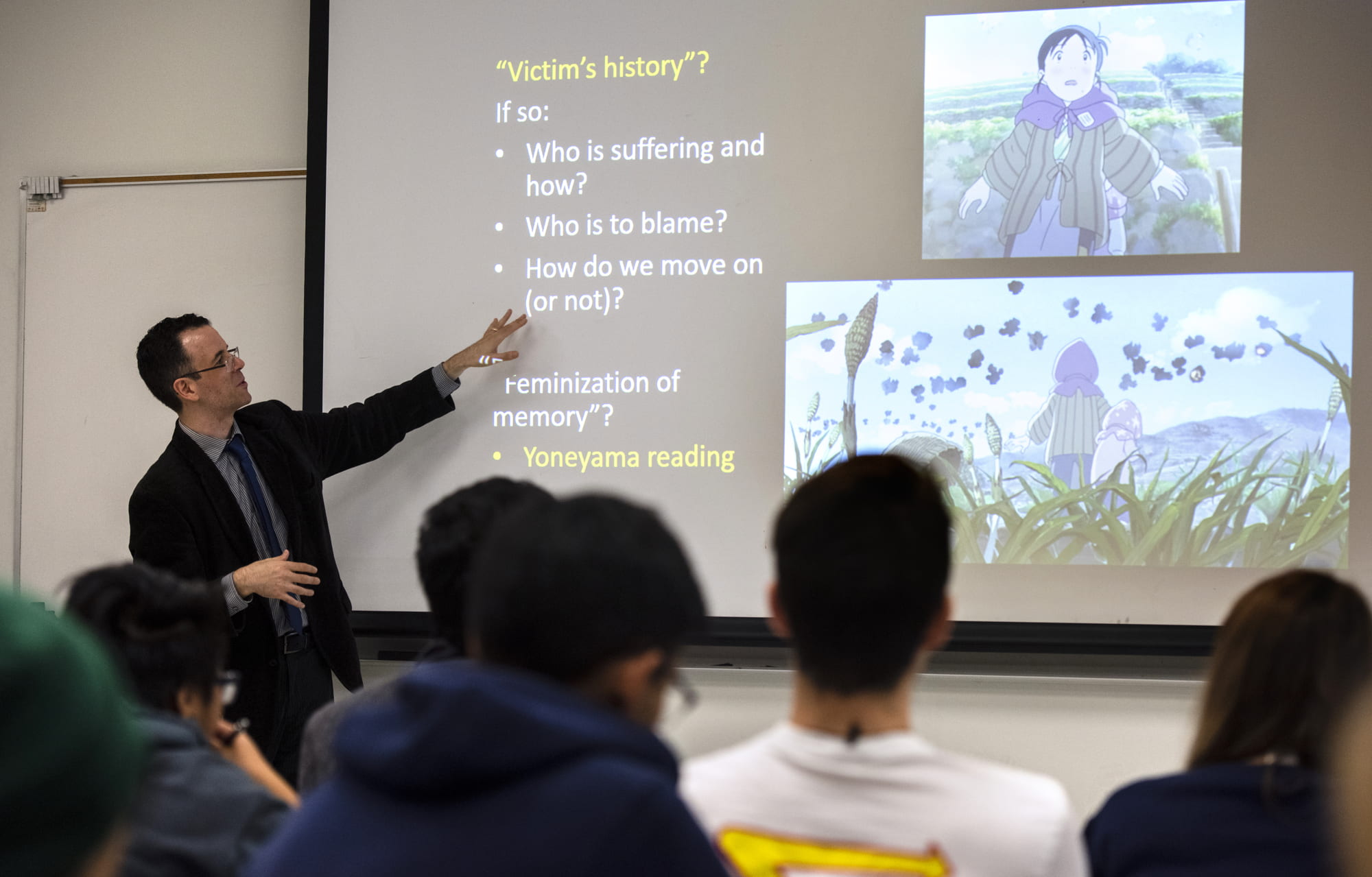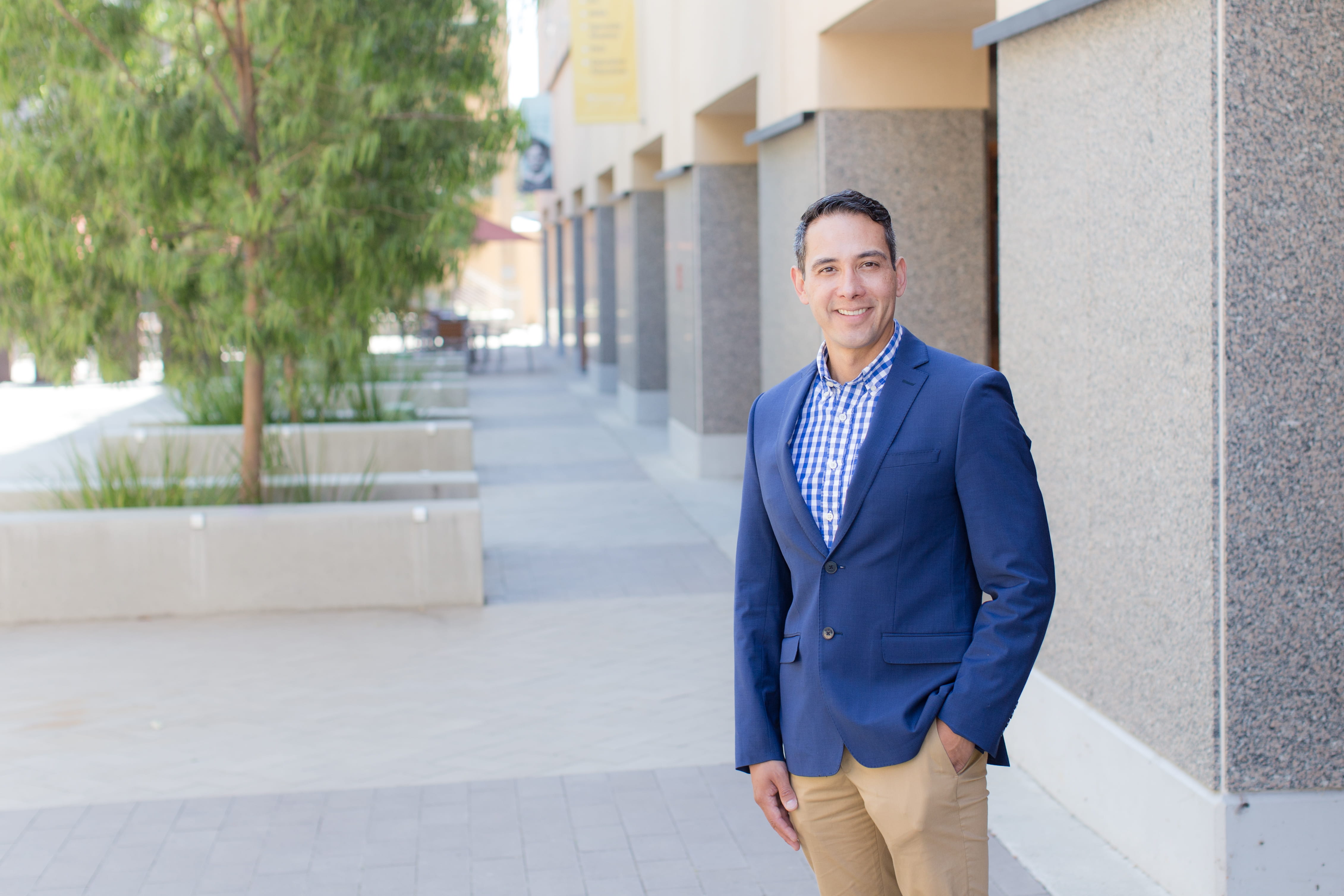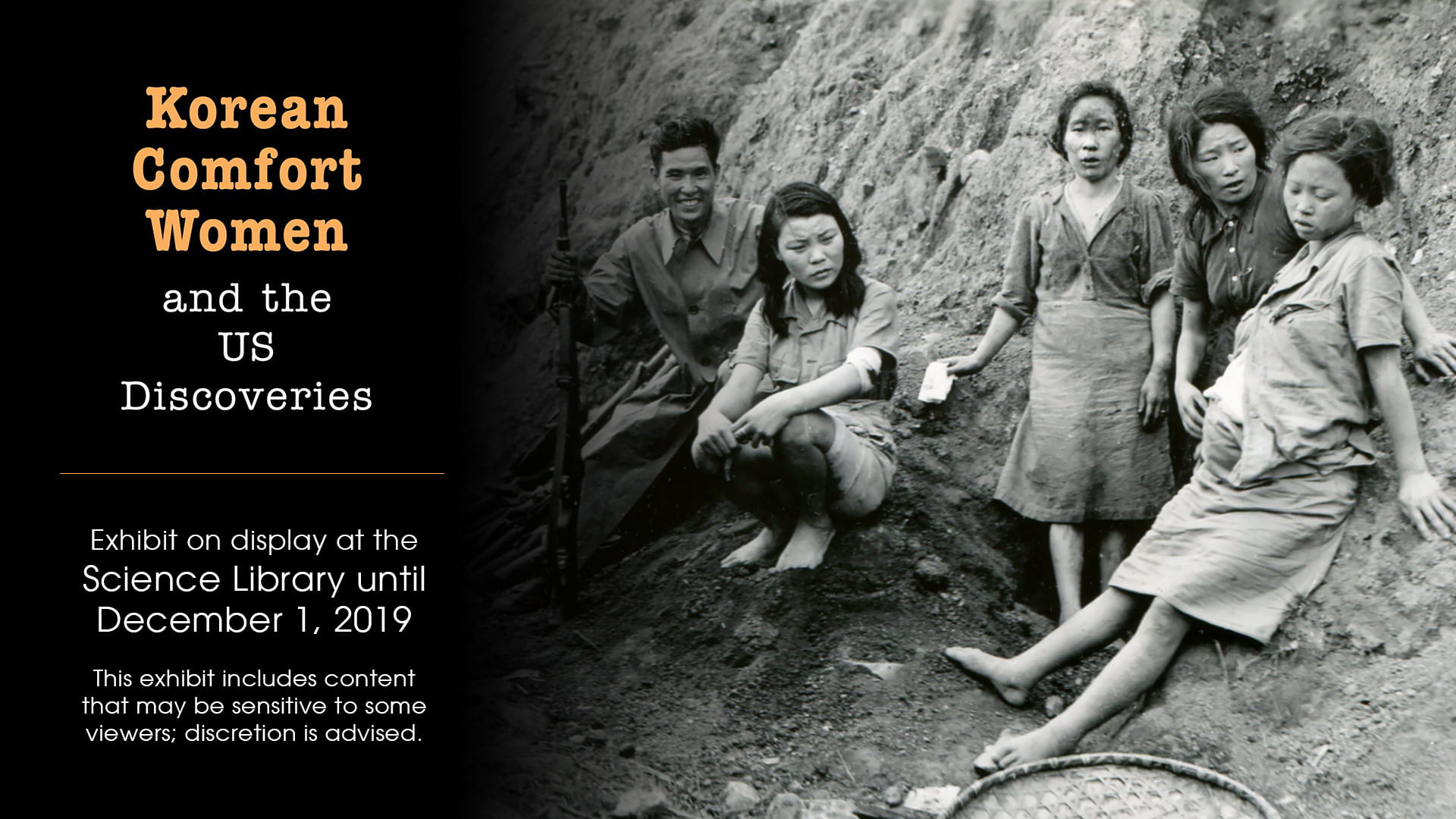Anime planet
New class on Japanese animation examines globalization, sociocultural context of popular film genre

Anime has gone global. The overseas market for the highly stylized form of Japanese animation – defined by vivid graphics, fantastical themes, and characters with exaggerated facial features and expressions – topped $9 billion in 2017, quadruple what it was in 2012.
But UCI has embraced the genre for nearly 30 years. A campus anime club, Cal Animage Epsilon, was launched in 1990. The bookstore began dabbling in anime in the mid-’90s. The continuing education division has offered anime/manga courses since 2006. And on May 11, the university held its first anime convention, ZotCon, which was entirely student-led and -funded.
This spring, UCI instructor Ken Provencher introduced an anime class to the Department of Film & Media Studies. Such courses tend to be taught in the context of animation, he says, even though the subject itself is very interdisciplinary. Film & Media 160 gives students the opportunity to learn about anime from historical, social and cultural perspectives.
“Anime seems to be a great vehicle for analyzing all facets of not just Japanese but international cinema: business, industry practices, animation techniques and designs, popular entertainment, and artistic expression,” Provencher says. “And, of course, it has a very active and passionate audience that’s young and enthusiastic, and they want to know more and express how they feel. With the way anime is being produced, distributed and consumed, I think it’s just going to get increasingly popular and we’re going to see more classes like this.”
He first taught the course at Tokyo’s Josai International University, taking a historical approach to anime’s century-plus of existence. Provencher recalls growing up watching the art form – which was then limited outside Japan – on a Boston UHF channel. Thanks to fan communities that debated the uniqueness of Japanese animation, traded media among themselves and produced subtitles, anime gradually became more accessible.
Once thought of as exclusively for children, the genre is now enjoyed by people of all ages. In fact, Provencher, whose research focuses on Hollywood and East Asia cinema connections, claims that understanding anime is key to understanding film.
“With anime becoming more mainstream entertainment for children and adults outside Japan, it’s becoming more of a way to explore transnational, or global, aspects of cinema culture,” he says.
The sessions of the course are divided into three portions: lectures, screenings and discussions. In the first week, students watched Hollywood’s 2017 live-action rendition of the anime film, TV series and manga “Ghost in the Shell.” Afterward, they talked about how cinema culture has become digital culture, since live-action movies, which have become very popular, involve a lot of animation.
“Even though it’s not considered a great film, screening it is a great way to examine what is live-action and what is anime versus animation. I basically begin the class by showing students how tricky the question of anime identity is,” Provencher says.
The idea of anime being a fluid term is woven into the course as students view and discuss a wide range of works – from animes that have received international acclaim to those that are more obscure or have failed – and explore wartime and postwar influences, otaku (fan) culture, cyborg selves, Studio Ghibli and apocalyptic visions.
For genre fans like senior Mariana Gonzalez, the class has been eye-opening. “The evolution of anime production, distribution and consumption is mesmerizing,” she says. “It began in Japan but became part of an international workflow for an international audience. Without certain historical changes and advancements that have taken place, we wouldn’t have anime today.”
And while an acceptable, all-encompassing definition of anime has proven elusive, Gonzalez offers up her own: “I believe anime has accomplished its original goal and lived up to its name, which means ‘to bring to life.’ The characters bring anime to life and impact the lives of the fans. We are who we are because of what we watch. The characters and storylines teach us life lessons that stay with us for the rest of our lives.”


